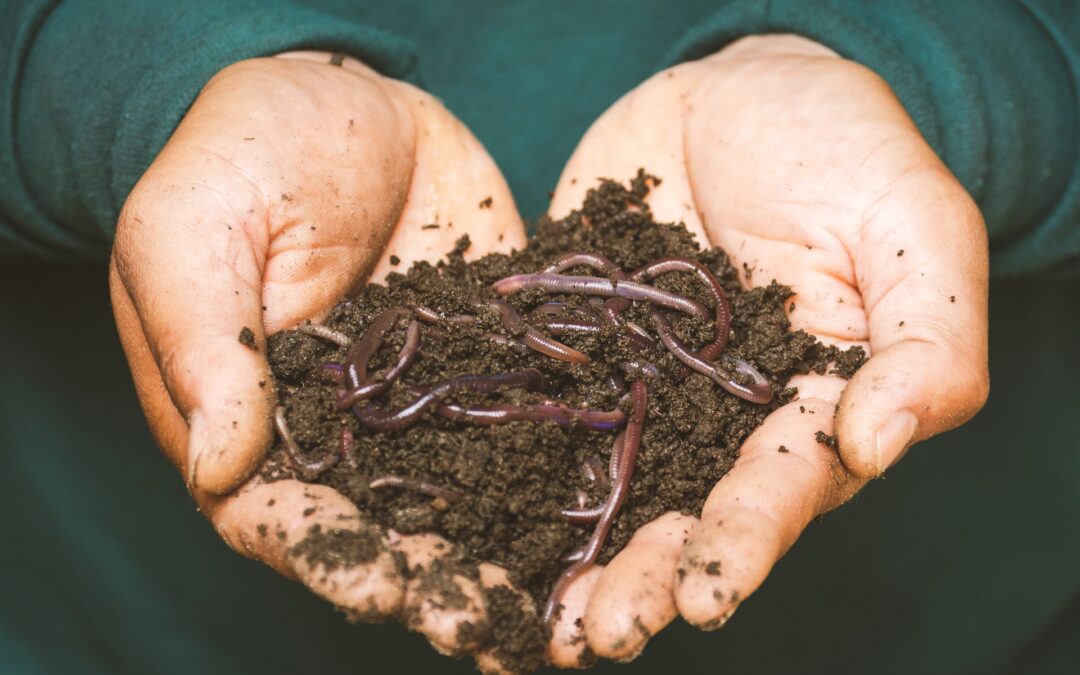There’s a certain thing that happens to you when you start to garden in the no-dig way. You’ll go to a park and observe the piles of fallen leaves carpeting the earth beneath the trees. You’ll visit a coffee shop with a friend and note not only how green the neighbouring lawn is but also how packed full of dandelions and clover it is. Your sister will tag you in a Facebook post from someone bemoaning the dump fees for removing their lawn clippings and remark to the poster, “I know someone who’ll take that off you free of charge”. Where other people see waste, you see the potential for growing soil. Yes, soil. You grow plants, too, but your passion is for turning all these by-products into a thriving, rich, dark soil. You are literally growing your garden from the ground up.
Understanding the difference between soil and dirt is paramount to using the no-dig method. In its simplest terms, dirt is ‘dead’. It is purely the mineral makeup of the particles of rocks that have been worn down by eons of weathering. It is made up of sand, silt, and clay. Soil, by contrast, is ‘alive’. It is an ecosystem of organic matter with dirt as its base. The more organic matter there is, the richer the soil. For optimal growing conditions and water retention, you need living organisms. You need the worms, fungi, microbes, and bacteria created from composting, and they, in turn, help form it into a thriving, self-sustaining biome, just nudged along with a bit of help from the home gardener. According to the Soil Society of America, soil has four components: minerals (your dirt), organic matter from decomposing plants and animals, water, and air. When you get this mix right, the magic happens.
One of my favourite places to gather leaves in is a park in my nearby town. I’ve learned to ignore the weird looks.

Banner photograph by Sippakorn Yamkasikorn from Pexels: https://www.pexels.com/photo/earthworms-on-a-persons-hand-3696170/

